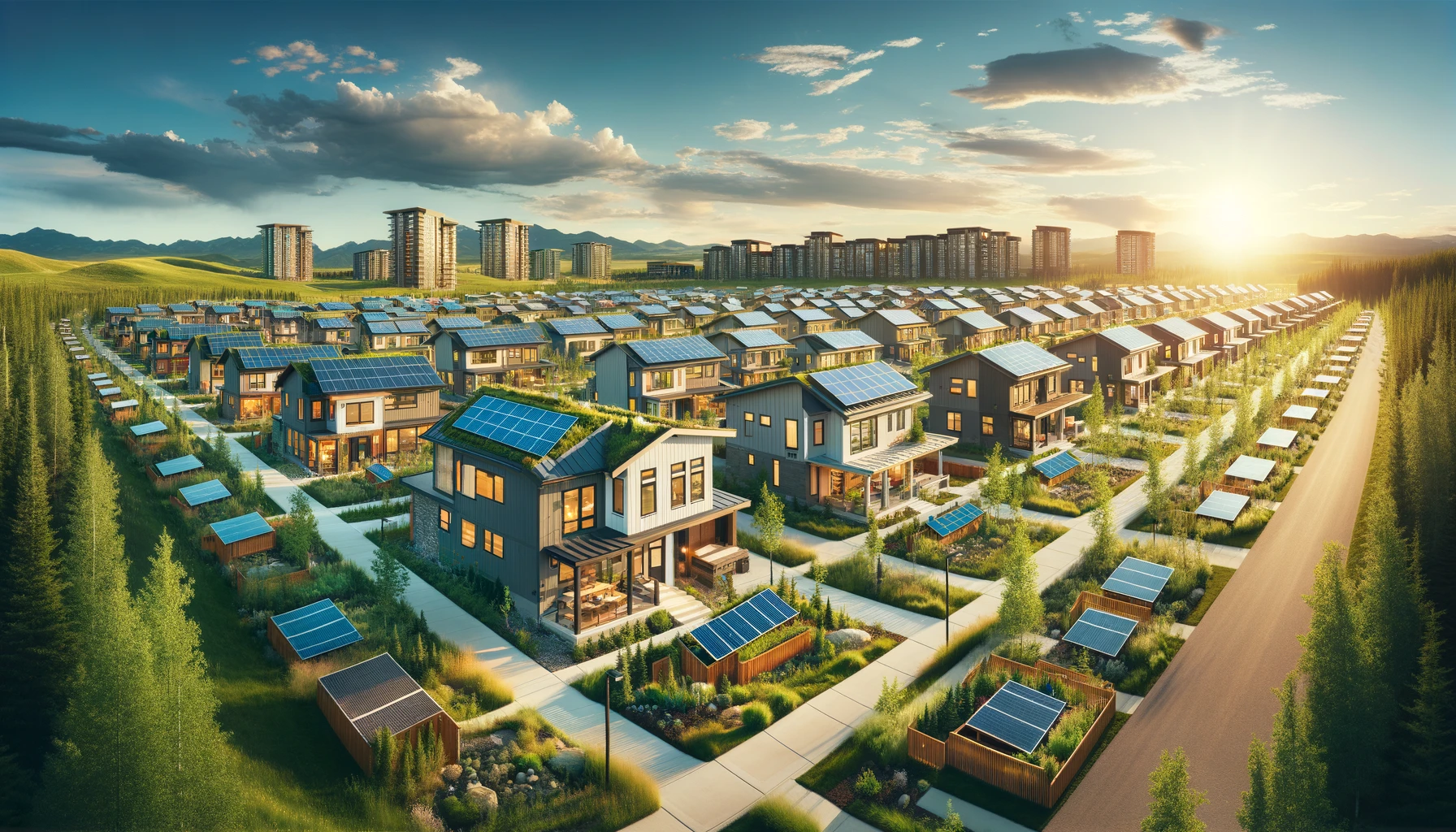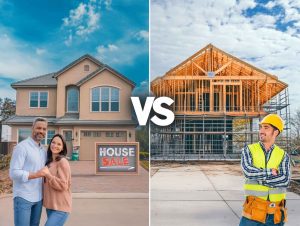In the heart of Alberta’s vibrant real estate market, a new trend is taking root – one that goes beyond square footage and curb appeal to embrace a deeper commitment to environmental sustainability and energy efficiency. As Alberta, renowned for its vast natural resources and thriving energy sector, evolves, so too does its approach to real estate development. This evolution is not just a response to market demand; it’s a reflection of a growing awareness of climate change, energy conservation goals, and the desire for eco-friendly living among Albertans.
Growing Demand for Energy-Efficient Homes
The call for energy-efficient homes reverberates across the province, spurred by rising energy costs and a collective concern for the environment. Today’s homebuyers aren’t just looking for four walls and a roof – they’re seeking properties equipped with features that minimize energy consumption and maximize sustainability. From solar panels to triple-pane windows and high-efficiency HVAC systems, these eco-friendly amenities not only reduce utility bills but also shrink carbon footprints, aligning with the values of environmentally conscious buyers.
Government Incentives and Regulations
Alberta’s government is playing a pivotal role in fostering sustainable development practices within the housing sector. Initiatives like the Residential Energy Efficiency Program (REEP) offer time to time financial incentives and rebates to homeowners who invest in energy-efficient upgrades, such as insulation improvements and window replacements. Moreover, updated building codes and regulations mandate higher standards for energy performance in new construction projects, compelling developers to integrate green building practices into their designs from the outset.
Green Building Certification
Across Alberta, green building certification programs have gained traction as symbols of environmental stewardship and excellence in real estate. LEED (Leadership in Energy and Environmental Design) and Built Green Canada are among the most recognized certification programs, evaluating buildings based on criteria such as energy efficiency, water conservation, and materials selection. Properties that achieve certification not only demonstrate their commitment to sustainability but also stand to command higher resale values in the competitive market.
Resilience to Climate Change
In the face of increasingly frequent and severe climate events, resilience has emerged as a key consideration in Alberta’s housing market. Homebuyers are no longer just concerned with aesthetics; they’re prioritizing properties equipped to withstand the impacts of climate change. From flood mitigation measures to wildfire resilience strategies and the use of sustainable building materials, these properties offer not only peace of mind but also long-term investment potential in a changing climate.
Conclusion
The integration of environmental sustainability and energy efficiency into Alberta’s real estate sector marks a significant paradigm shift, signaling the dawn of a new era in housing development. From energy-efficient homes to green building certifications and climate-resilient properties, these trends underscore a collective commitment to building more sustainable, resilient, and livable communities across the province. As stakeholders continue to prioritize sustainability in real estate, Alberta’s housing market is poised to lead the way towards a greener, more prosperous future for generations to come.






